Summer in Nagoya is no longer a distant threat–it's a reality demanding a meticulously laid heat-evacuation plan. But what to do and where to go? If you're sick of sweating for no reason, perhaps a day hike or two is in order. Here's a list of the top trips in the Chubu region to get you up into the cool mountain air. Let's go hiking!
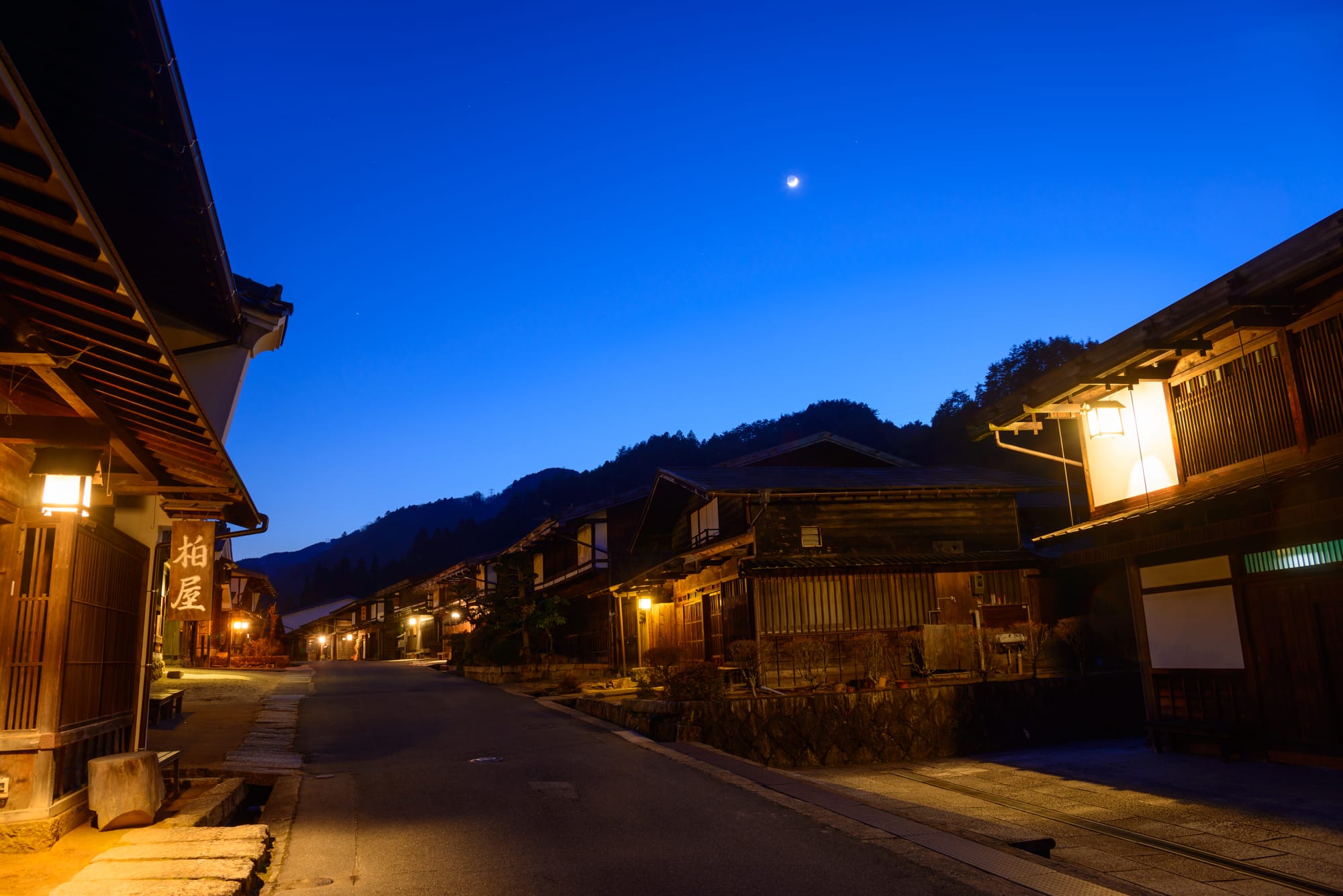
Tsumago-Juku to Magome-Juku Trail
This trek is along the old Nakasendo postal road used during the Edo period for travel between Kyoto and Tokyo. Located in the Kiso Valley on the border of Gifu and Nagano prefectures, this cobblestone path guides visitors through peaceful forests and past old Japanese houses, restored to their former appearance after falling into disrepair when the Chuo Line was built. This is an easy walk for beginners, and it's about 8 km between Tsumago and Magome, which should take roughly 2-3 hours.
How to get there:
- From Nagoya Station, take the JR Chuo Line to Nakatsugawa Station (approx. 70 minutes).
- At Nakatsugawa Station, transfer to the Magome-bound bus (approx. 30 minutes).
- From Magome, you can start the hike to Tsumago. To return, you can take a bus from Tsumago back to Nagiso Station, and then the JR Chuo Line back to Nagoya.
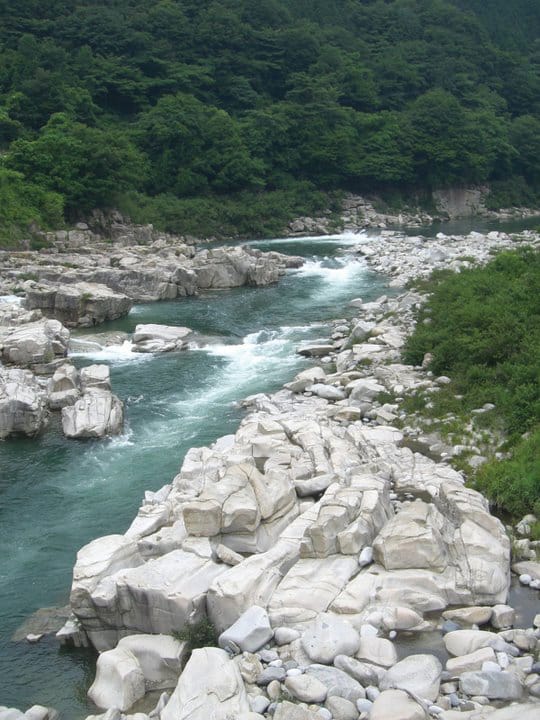
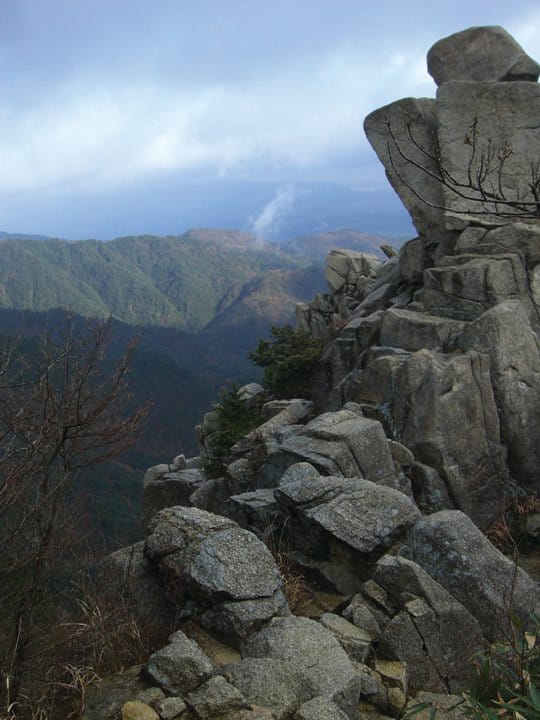
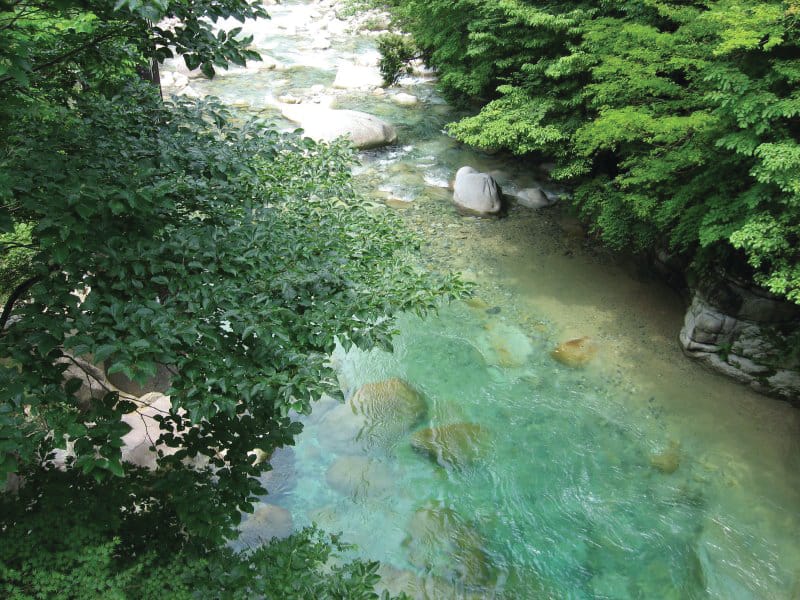
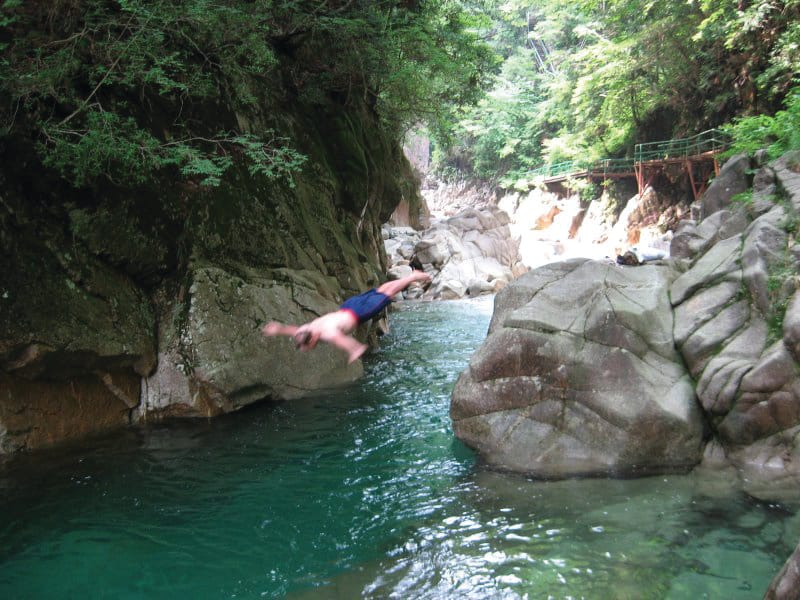
Kakizore Gorge
Also in the Kiso Valley, this hike takes you to a waterfall and a stunning creek with rocks for the foolhardy to dive off into the crystal-clear (and chilly) waters. Take care to check the return train times, as there's a two-hour wait between them. A leisurely walk could take a few hours depending on how much time you want to spend swimming.
How to get there:
- From Nagoya Station, take the JR Chuo Line to Nakatsugawa Station (approx. 70 minutes).
- From Nakatsugawa, take a local train on the JR Chuo Line to Nojiri Station (approx. 40 minutes).
- From Nojiri Station, take a taxi or walk to Kakizore Gorge (approx. 10-15 minutes by taxi, 1-hour walk).
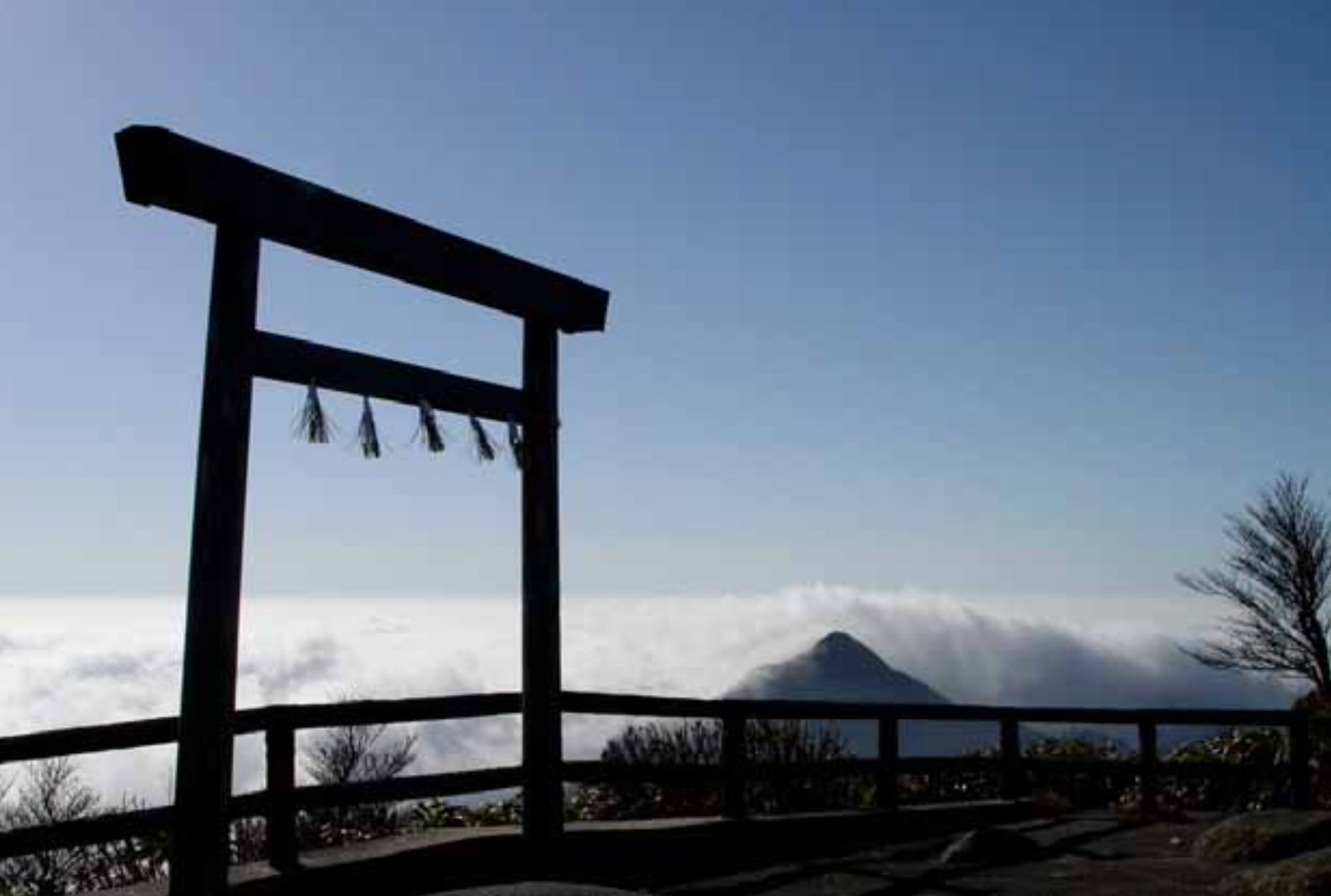
Mt. Gozaisho
Gozaisho-dake is in Mie prefecture and the highest peak in the Suzuka range. You can challenge yourself and go on foot, but there's also a ropeway that gets you part of the way from the onsen at the foot of the mountain. Once you hit the peak, you're afforded stunning views of the surrounding area, which encompasses Lake Biwa, Ise Bay, and the Japan Alps. It's 1,210 meters high, and a hike will take around 5 or 6 hours.
How to get there:
- From Nagoya Station, take the Kintetsu Line to Yokkaichi Station (approx. 40 minutes).
- From Yokkaichi Station, transfer to the Kintetsu Yunoyama Line and get off at Yunoyama Onsen Station (approx. 50 minutes).
- From Yunoyama Onsen Station, take a bus or taxi to the base of the Gozaisho Ropeway (approx. 10 minutes).

Mt Kinka
Oda Nobunaga resided in Gifu Castle atop Mt Kinka, overlooking Gifu City's Nagara River. During the reconstruction in the 50s, volunteers trekked up the mountain carrying tiles as they did in the Kamakura Period when it was first constructed. There are several hiking paths to take to the summit, and a few strange attractions along the way, including an insect museum and a squirrel village. You can also dine at the top overlooking Gifu in a 360° panoramic sweep. There's a ropeway that can get you to the top in around 5 minutes, but a hike will take an hour.
How to get there:
- From Nagoya Station, take the JR Tokaido Line to Gifu Station (approx. 20 minutes) or the Meitetsu Nagoya Line to Meitetsu Gifu Station (approx. 30 minutes).
- From either station, take a Takatomi bus bound for Gifu Park Historical Museum (approx. 15 minutes).
- From the Gifu Park Historical Museum bus stop, it's a 3-minute walk to the Mt Kinka Ropeway or hiking trail entrances.

Mt Tado
Tado is also a very famous shrine that hosts the Age-Uma festival every May. The area is beautiful, and there's a place to swim, so you can cool off after your trek. Tado is about 400 meters high. The shrine complex is pretty cool - check out the 'sacred' horse they keep in the stables.
How to get there:
- From Nagoya Station, take the Kintetsu Line to Kuwana Station (approx. 20 minutes).
- From Kuwana Station, transfer to the Yoro Line and get off at Tado Station (approx. 30 minutes).
- The Tado Shrine is a short walk from the station (approx. 10 minutes).

Mt Ibuki
This mountain is the tallest in Shiga prefecture, at more than 1,300 meters. It offers nice views over Lake Biwa and an example of Japan's sometimes self-destructive impulses - the side of the limestone mountain was scooped out by a cement company, leaving a noticeable indentation. Summer means wildflowers cover the face of the mountain, making it a colorful and pleasant walk (though it may take you a good half-day).
How to get there:
- From Nagoya Station, take the JR Tokaido Line to Maibara Station (approx. 40 minutes).
- From Maibara Station, take a local train on the JR Biwako Line to Omi-Nagaoka Station (approx. 10 minutes).
- From Omi-Nagaoka Station, take a bus to the base of Mt Ibuki (approx. 30 minutes).
Whether you're seeking history, culture, breathtaking views, or a refreshing escape, Central Japan has a hike for you. Each of these trails offers unique experiences and benefits: the Tsumago-Juku to Magome-Juku Trail provides a historical walk through the Edo period's scenic post towns, while Kakizore Gorge combines hiking with the opportunity for a refreshing swim in crystal-clear waters. For those looking for a challenge, Mt Gozaisho offers demanding trails with the option of a ropeway, rewarding hikers with panoramic views of the surrounding landscapes. Mt Kinka mixes history with nature, offering a relatively easy hike or a quick ropeway ride to Gifu Castle. Mt Tado features cultural attractions with its famous shrine and festival, along with places to cool off after your hike. Lastly, Mt Ibuki offers stunning summer wildflowers and expansive views over Lake Biwa, despite its challenging trails.
No matter your preference, these hikes promise unforgettable experiences in the heart of Japan.

Nagoya Buzz
Events, local info, and humor for the international community of Nagoya, Japan.
Follow Nagoya Buzz :










Leave a Comment